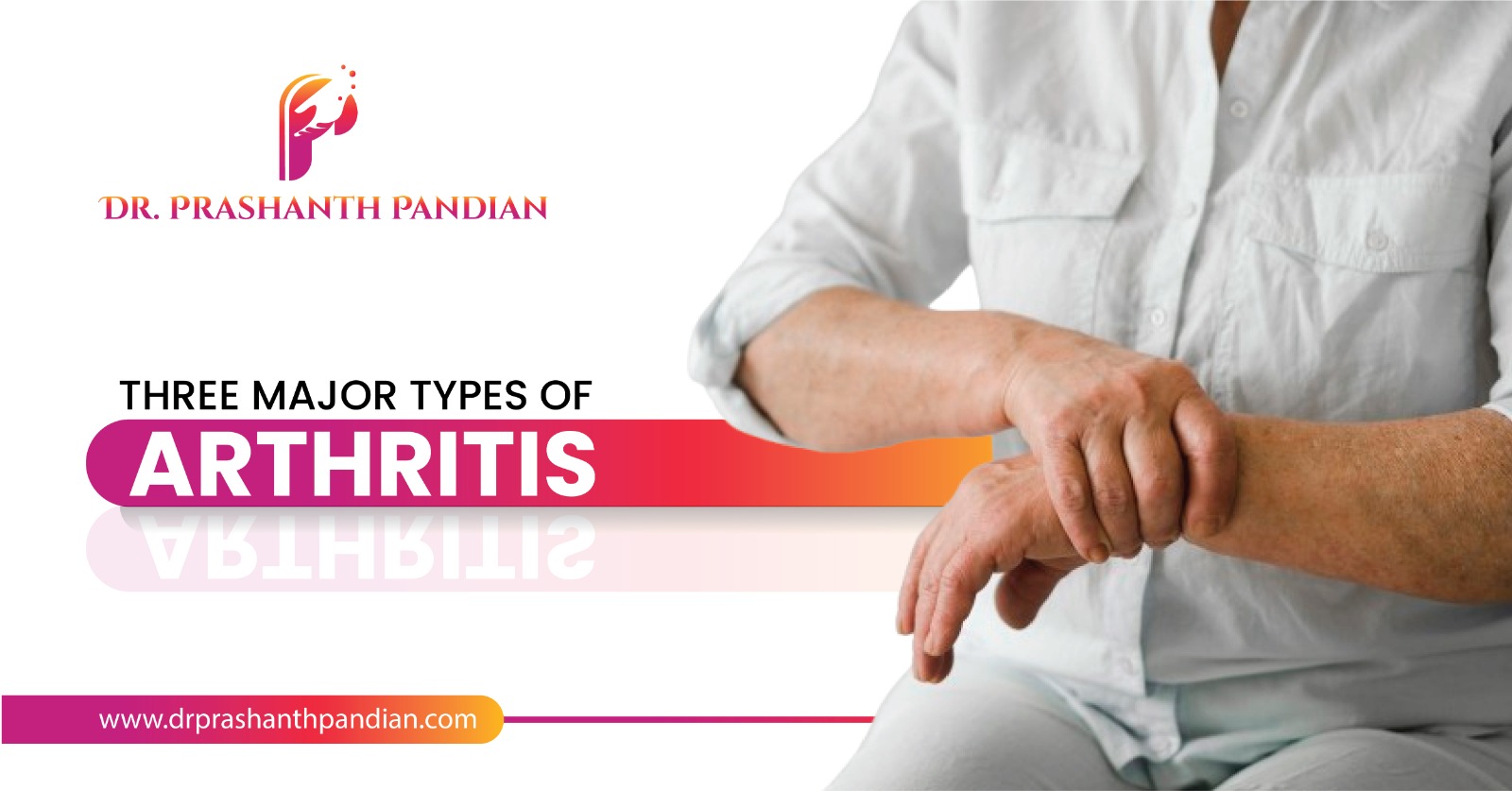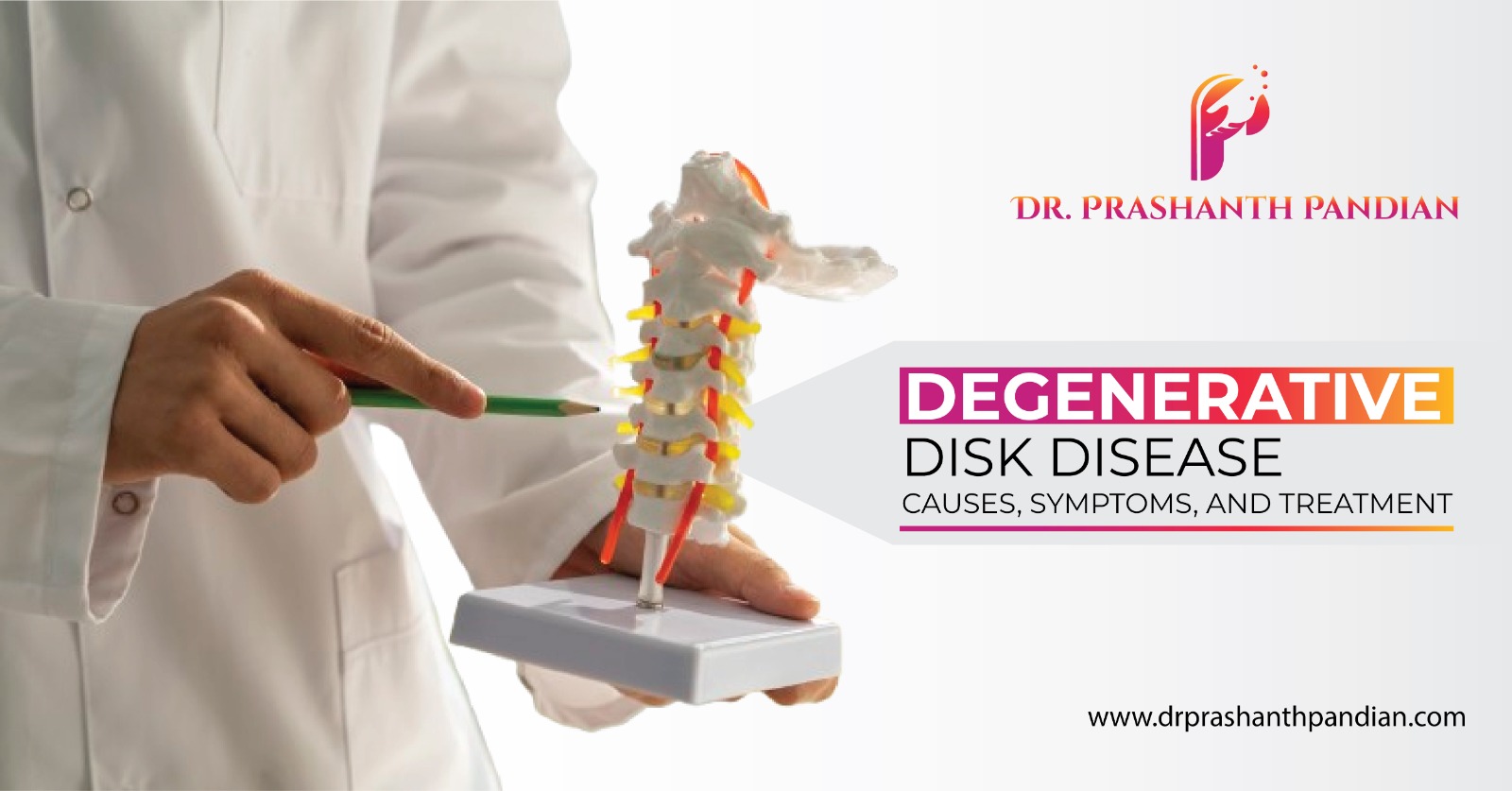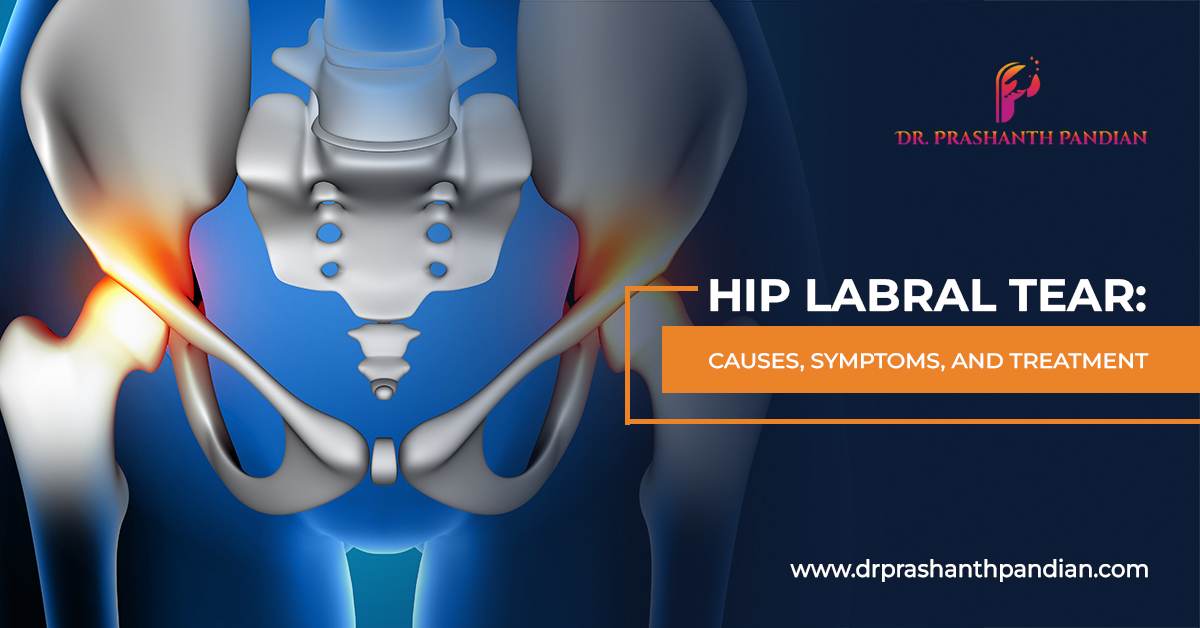Arthritis is not a single disease but a broad term for joint inflammation. It includes over 100 conditions that affect joints, bones, and surrounding tissues. Though arthritis types share symptoms like pain, swelling, stiffness, and reduced movement, each has distinct causes, age patterns, and treatments. Below is an overview of the three most common forms—osteoarthritis, rheumatoid arthritis, and psoriatic arthritis—and how they differ.
Osteoarthritis: The Degenerative Joint Disease
Osteoarthritis (OA) develops when the cartilage that cushions bones in a joint breaks down, causing bones to rub against each other. Once considered a normal part of aging, OA is now understood as a disease involving the entire joint, including ligaments, fat, and surrounding tissues.
Causes and Risk Factors:
OA can result from joint injuries, repetitive use, genetic predisposition, obesity, and aging. Women—especially those over 50—are more prone to developing it.
Symptoms:
Common signs include joint pain during movement, stiffness after rest, swelling, limited flexibility, and occasional clicking or popping sounds in joints. OA often affects the knees, hips, spine, and hands.
Treatment:
While OA has no cure, its symptoms can be managed. Pain relief and anti-inflammatory medications (NSAIDs), regular exercise, and maintaining a healthy weight can help. In severe cases, joint replacement surgery may restore mobility and reduce pain.
Rheumatoid Arthritis: The Autoimmune Attack
Rheumatoid arthritis (RA) occurs when the immune system mistakenly targets the body’s own tissues. The inflammation begins in the synovium, the membrane that lubricates joints, leading to swelling, pain, and eventual joint damage.
Causes and Symptoms:
The exact cause is unclear, though genetics and smoking increase risk. Symptoms include stiffness, swelling, and pain in multiple joints—often on both sides of the body. RA may also cause fatigue, skin problems, and complications involving the heart, lungs, or eyes.
Treatment:
Diagnosis involves blood tests for inflammation and imaging like X-rays or MRIs. Doctors commonly use disease-modifying anti-rheumatic drugs (DMARDs) to slow the disease and protect joints.
Psoriatic Arthritis: Skin and Joint Inflammation Combined
Psoriatic arthritis (PsA) is another autoimmune condition that affects both skin and joints. About one-third of people with psoriasis—a skin disorder causing scaly patches—develop PsA.
Characteristics:
PsA often impacts joints in the hands, feet, ankles, and knees and the points where tendons attach to bones (entheses). Besides joint pain and stiffness, patients may have scaly skin lesions and nail changes such as pits or lifting.
Diagnosis and Management:
Doctors use blood tests, imaging, and physical exams to confirm PsA. The cause is believed to involve both genetic and environmental triggers. Without treatment, PsA can damage joints, eyes, and even the heart.
Arthritis, in its many forms, can cause chronic pain and disability. Recognizing the differences between these types helps in early diagnosis and effective management, improving quality of life.



